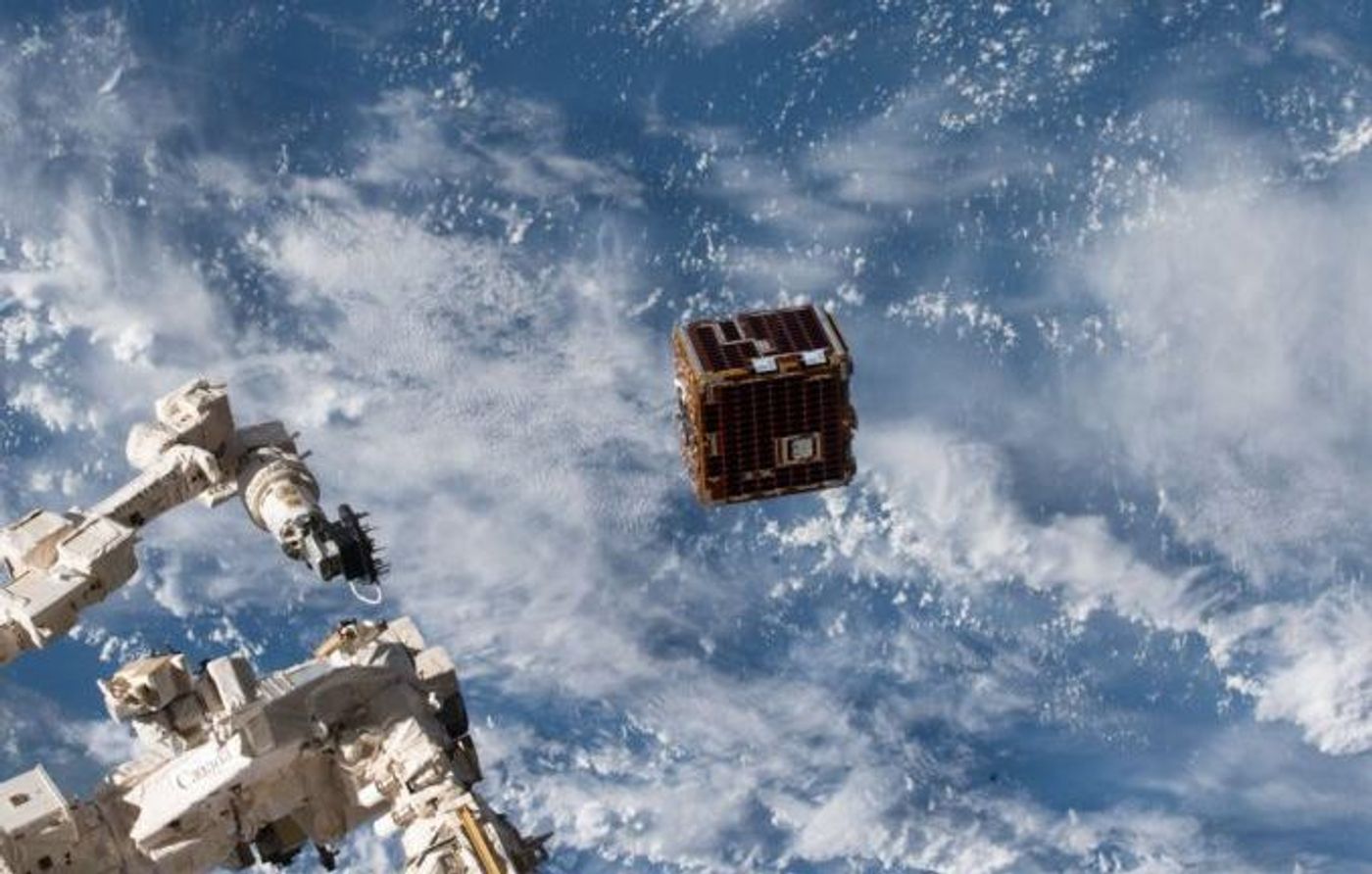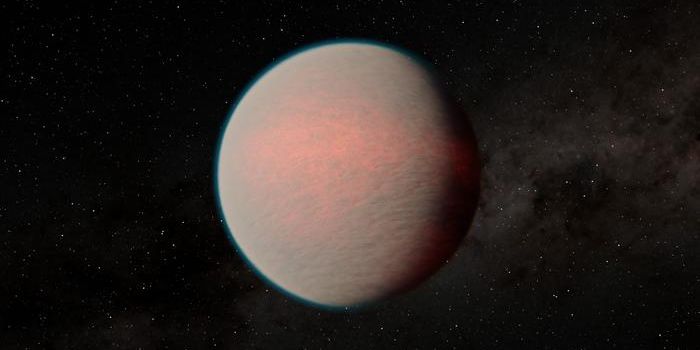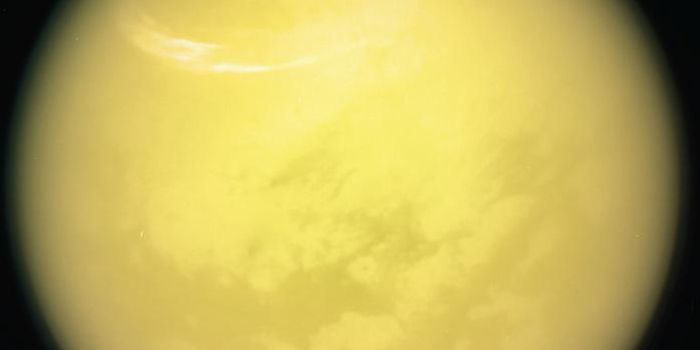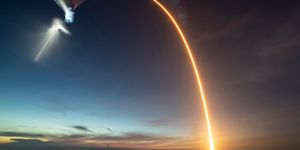RemoveDebris Spacecraft Will Test Nets and Harpoons for Space Junk Cleanup
One of the most pressing issues to threaten future space exploration is the presence of space junk. It continues to clog up the limited space surrounding our planet, and unless we find a way to clean it up, it could make navigating a rocket into deep space too risky to attempt.
Fortunately, many of the best minds in space science are working together to solve this problem sooner rather than later. The latest attempt involves a small and experimental satellite dubbed RemoveDebris, and it’s already orbiting the Earth after being ejected from the International Space Station.
Image Credit: NASA/NanoRacks/Ricky Arnold
While there are many ideas for cleaning up space junk, RemoveDebris promises to attempt one of the most cost-effective and primitive means of doing so: launching harpoons with nets at targets.
Once the projectile contacts a target, it should begin to decelerate, hopefully deorbiting it and forcing it to burn up in Earth’s atmosphere upon re-entry. Of course, it’s all theoretical at this point; RemoveDebris could be the first step toward proving the effectiveness of this method.
"SSTL's expertise in designing and building low cost, small satellite missions has been fundamental to the success of RemoveDebris, a landmark technology demonstrator for active debris removal missions that will begin a new era of space junk clearance in Earth's orbit," said Sir Martin Sweeting of Surrey Satellite Technology Ltd.
Related: Japan's attempt to clean up space junk proves unsuccessful
RemoveDebris is a proof of concept mission, so it won’t hunt down real space junk just yet. Instead, the satellite will merely pop off a couple of dummy CubeSats that the targeting system will then attempt to capture with its harpoon and net. These missions will take place in September and October of this year.
Assuming everything goes well, future spacecraft may deploy similar technologies that work in tandem with the International Space Station’s new Space Debris Sensor (SDS) to collect and mitigate space junk around Earth.
Indeed, the future looks bright for space exploration.
Source: Universe Today









